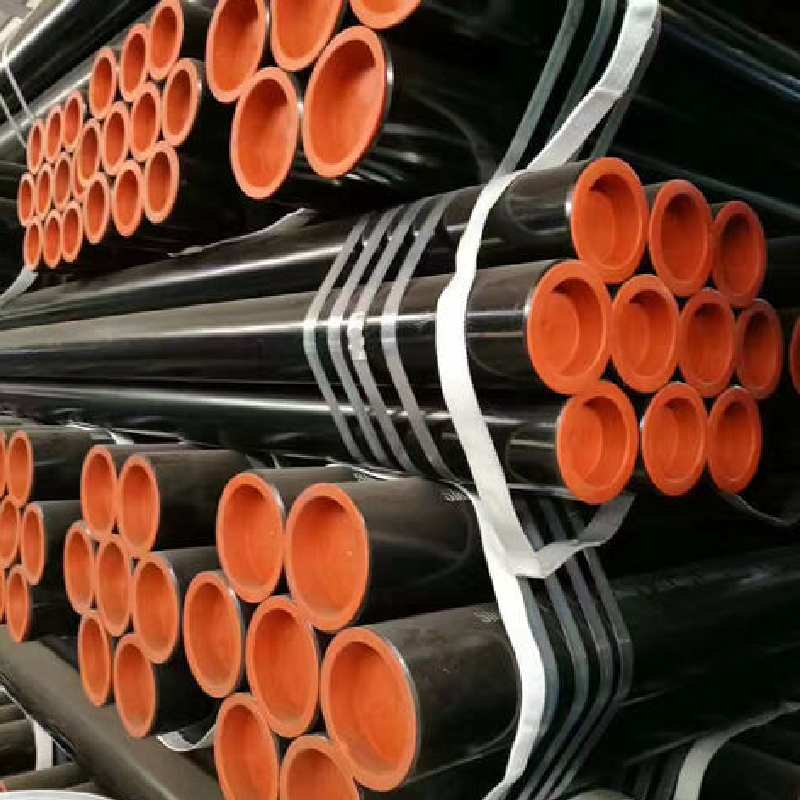-
Cangzhou Yulong Steel Co., Ltd.
-
Phone:
+86 13303177267 -
Email:
admin@ylsteelfittings.com
- English
- Arabic
- Italian
- Spanish
- Portuguese
- German
- kazakh
- Persian
- Greek
- French
- Russian
- Polish
- Thai
- Indonesian
- Vietnamese
- Zulu
- Korean
- Uzbek
- Hindi
- Serbian
- Malay
- Ukrainian
- Gujarati
- Haitian Creole
- hausa
- hawaiian
- Hebrew
- Miao
- Hungarian
- Icelandic
- igbo
- irish
- Japanese
- Javanese
- Kannada
- Khmer
- Rwandese
- Afrikaans
- Albanian
- Amharic
- Armenian
- Azerbaijani
- Basque
- Belarusian
- Bengali
- Bosnian
- Bulgarian
- Catalan
- Cebuano
- China
- China (Taiwan)
- Corsican
- Croatian
- Czech
- Danish
- Esperanto
- Estonian
- Finnish
- Frisian
- Galician
- Georgian
- Kurdish
- Kyrgyz
- Lao
- Latin
- Latvian
- Lithuanian
- Luxembourgish
- Macedonian
- Malgashi
- Malayalam
- Maltese
- Maori
- Marathi
- Mongolian
- Myanmar
- Nepali
- Norwegian
- Norwegian
- Occitan
- Pashto
- Dutch
- Punjabi
- Romanian
- Samoan
- Scottish Gaelic
- Sesotho
- Shona
- Sindhi
- Sinhala
- Slovak
- Slovenian
- Somali
- Sundanese
- Swahili
- Swedish
- Tagalog
- Tajik
- Tamil
- Tatar
- Telugu
- Turkish
- Turkmen
- Urdu
- Uighur
- Welsh
- Bantu
- Yiddish
- Yoruba

Oct . 12, 2024 23:15 Back to list
steel mandrel bends
Understanding Steel Mandrel Bends The Backbone of Metal Fabrication
Steel mandrel bends are a pivotal component in the world of metal fabrication, renowned for their strength and ability to maintain structural integrity under stress. They are used primarily in industries where precise bends in metal tubing or piping are essential, such as automotive, aerospace, and construction. This article delves into the significance, applications, and advantages of steel mandrel bends.
A steel mandrel bend involves the use of a rigid internal support, known as a mandrel, which is inserted into the pipe or tube during the bending process. The primary purpose of the mandrel is to prevent the material from collapsing or deforming at the bend, which can often happen when traditional bending methods are used. This method not only provides a smooth interior surface, which is crucial for maintaining fluid dynamics in piping applications, but also ensures that the outer radius of the bend remains true and consistent.
One of the major advantages of mandrel bending is its ability to create tight bends without compromising the structural integrity of the material. This is particularly essential in applications where space is limited and efficient routing of piping or tubing is necessary. For instance, in the automotive industry, mandrel bends are frequently employed in exhaust systems and roll cages, where precision and strength are paramount.
steel mandrel bends

In addition to its technical benefits, mandrel bending presents a significant aesthetic advantage in design-oriented applications. The smooth and uniform bends not only enhance the overall appearance of the product but also deliver performance advantages. For example, in custom motorcycle frames and high-performance cars, the seamless transitions created by mandrel bends can contribute to improved airflow and reduced turbulence, ultimately leading to better performance.
Moreover, the versatility of steel mandrel bends makes them suitable for a wide array of materials, including stainless steel, carbon steel, and aluminum
. This adaptability allows manufacturers to choose the right material based on the specific needs of the application, balancing factors such as strength, weight, and corrosion resistance.The process of creating steel mandrel bends involves specialized machinery and skilled craftsmanship, ensuring that each bend meets the required specifications. Advanced technologies such as CNC (Computer Numerical Control) bending machines allow for high precision and repeatability, which is essential for mass production of components with stringent tolerances.
In conclusion, steel mandrel bends play a crucial role in modern manufacturing, providing strength, precision, and aesthetic value across various industries. Their ability to create tight, smooth bends without compromising the material properties makes them invaluable in applications that demand high performance. As technology continues to advance, the techniques and machines used for mandrel bending will likely evolve, further enhancing the efficiency and capabilities of this essential process in metal fabrication.
Latest news
-
ANSI 150P SS304 SO FLANGE
NewsFeb.14,2025
-
ASTM A333GR6 STEEL PIPE
NewsJan.20,2025
-
ANSI B16.5 WELDING NECK FLANGE
NewsJan.15,2026
-
ANSI B16.5 SLIP-ON FLANGE
NewsApr.19,2024
-
SABS 1123 FLANGE
NewsJan.15,2025
-
DIN86044 PLATE FLANGE
NewsApr.19,2024
-
DIN2527 BLIND FLANGE
NewsApr.12,2024
-
JIS B2311 Butt-Welding Fittings LR/SR 45°/90° /180°Seamless/Weld
NewsApr.23,2024











